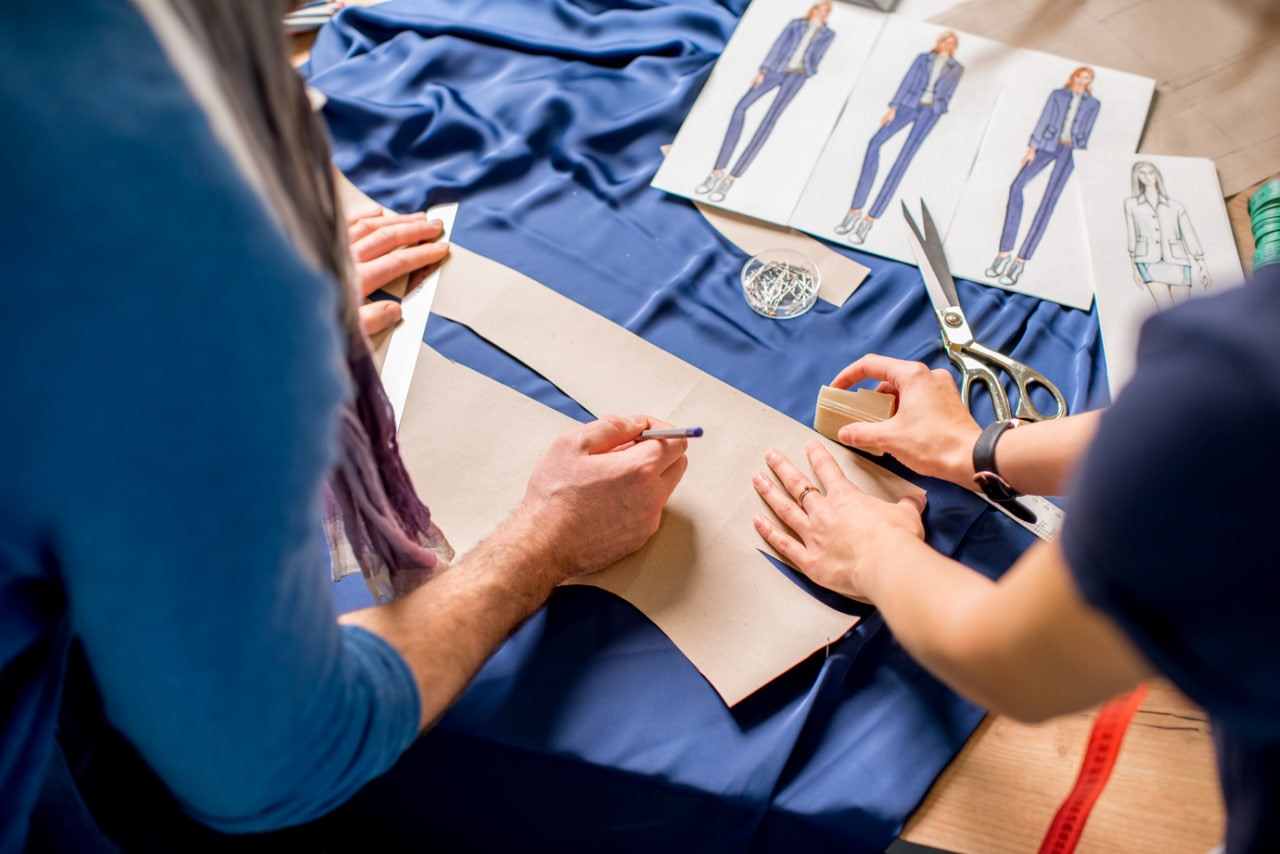Sketching Your Way to a Stunning Collection
Sketching is the first step in transforming a fashion idea into a tangible design. It is the language of creativity,…
Sketching is the first step in transforming a fashion idea into a tangible design. It is the language of creativity, allowing designers to visualize concepts, experiment with shapes, and communicate their vision to others. A well-executed sketch can guide the entire design process, from fabric selection to garment construction, and ultimately result in a cohesive and stunning collection.
The Importance of Fashion Sketching
Fashion sketches are more than preliminary drawings; they are a designer’s blueprint. Sketching helps refine ideas, identify potential issues, and explore variations in silhouette, proportion, and detail. It also serves as a visual communication tool, enabling designers to share their concepts with collaborators, clients, and manufacturers.
Sketching allows designers to experiment freely without committing to expensive materials or production processes. Each line and stroke represents an opportunity to test creativity, make adjustments, and perfect a design before it reaches the physical stage.
Understanding Proportions and Anatomy
Accurate proportions are crucial for fashion sketches. Designers must understand human anatomy and how garments interact with the body. Sketches should convey the intended fit, movement, and flow of each piece.
Mastering fashion proportions does not mean creating rigid, realistic figures. Many designers use stylized templates or croquis to emphasize silhouettes and exaggerate key elements, making the sketches more expressive while still informative.
Capturing Fabric and Texture
A sketch is incomplete without a sense of fabric and texture. Designers can convey material properties through lines, shading, and color. Flowing fabrics like silk or chiffon may be represented with soft, sweeping lines, while structured fabrics like denim or wool may use sharper, more angular strokes.
Understanding how to depict textures in sketches helps anticipate challenges during garment construction and communicates the designer’s intent to collaborators. Effective representation of fabric in sketches ensures the final pieces reflect the original vision.
Exploring Color and Patterns
Fashion sketches are also an opportunity to experiment with color palettes and patterns. Using markers, colored pencils, or digital tools, designers can explore combinations that enhance the overall aesthetic of the collection.
Patterns, prints, and embellishments can be tested in sketches before applying them to actual fabric, saving time and resources. This process allows for creative exploration while maintaining cohesion across the collection.
From Sketch to Collection
Creating a stunning collection requires more than individual sketches. Designers must consider how each piece relates to the others, forming a harmonious narrative or theme. Sketching multiple pieces together helps ensure balance in style, color, and silhouette.
It’s important to iterate and refine sketches continuously. Revisiting and adjusting early concepts can lead to innovative solutions and a more polished final collection. Each sketch builds upon the last, creating a visual roadmap from concept to runway-ready designs.

